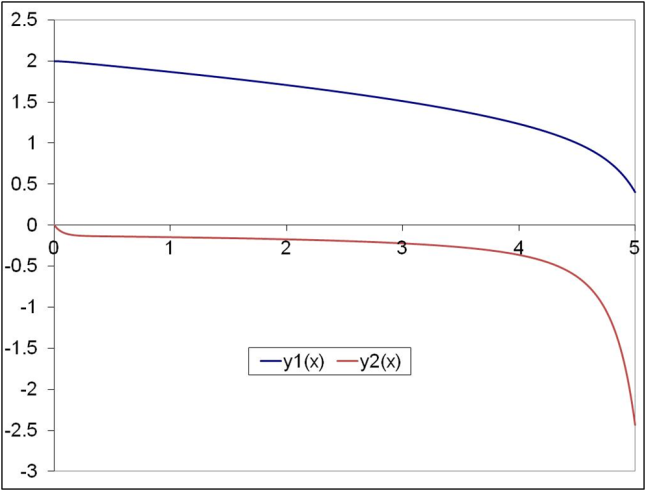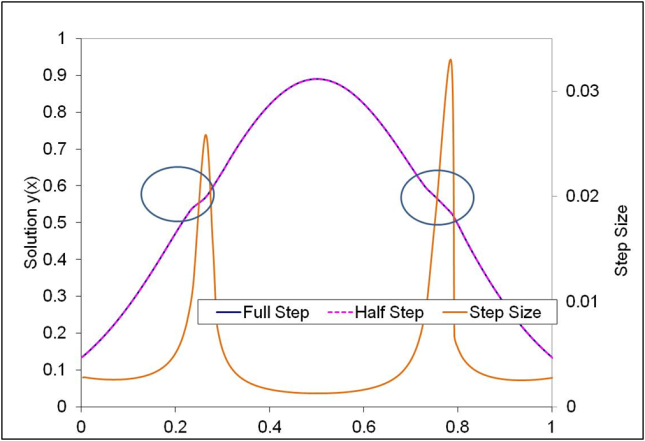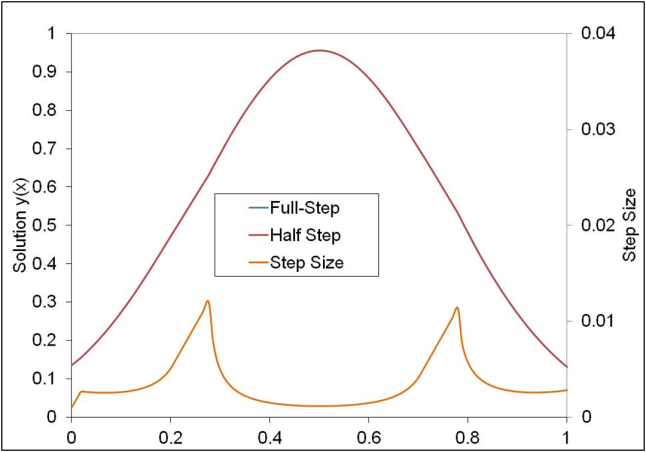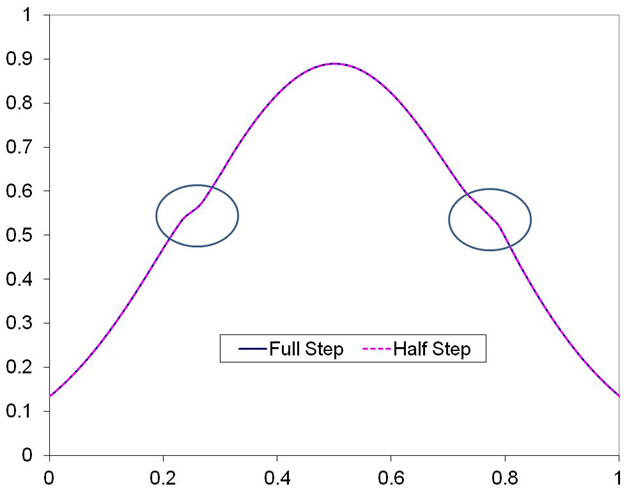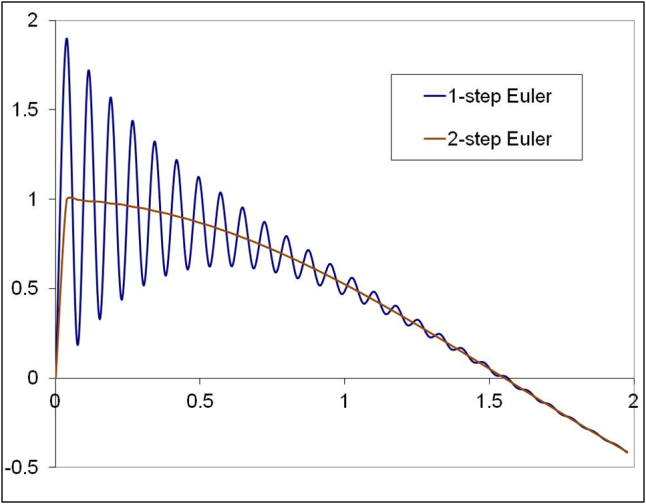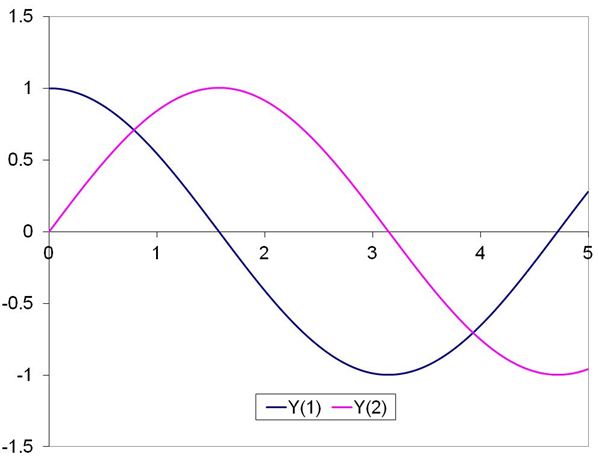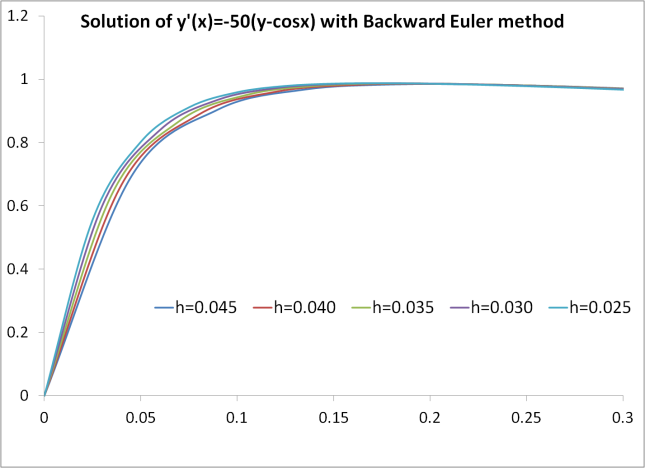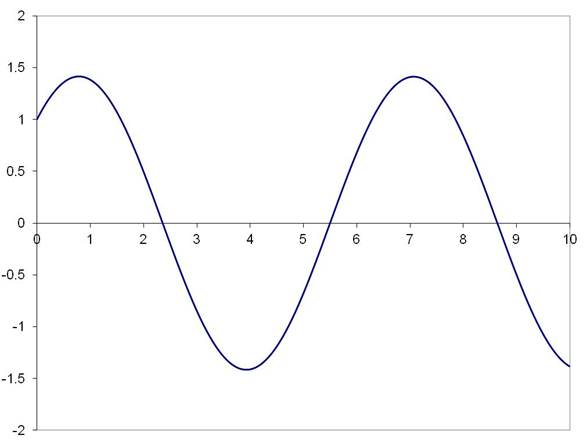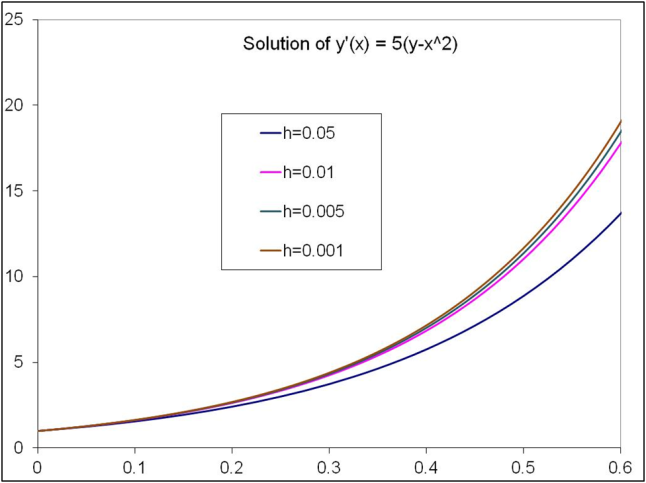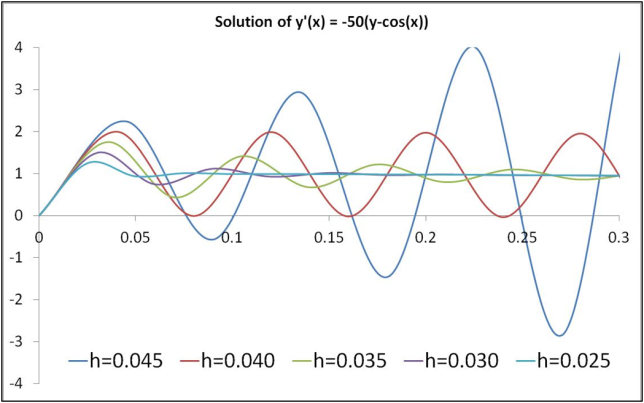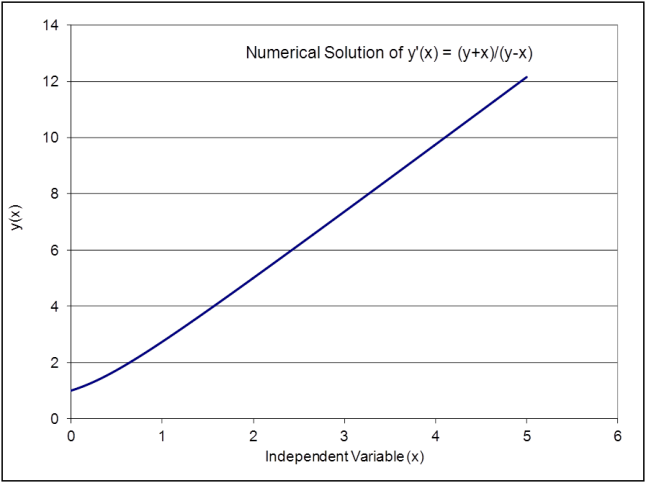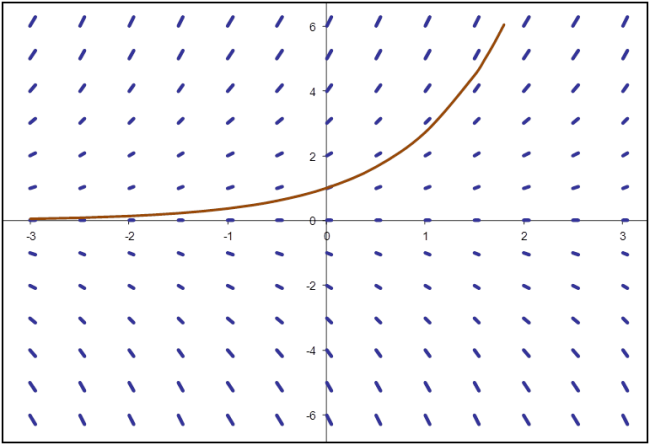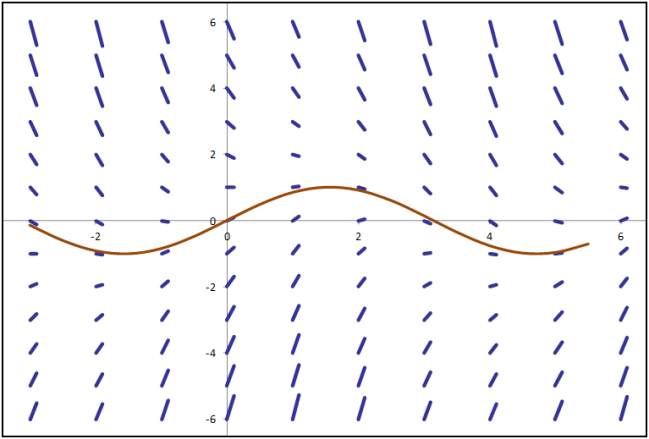
The solution at t(n+1) is given by

J.C. Butcher (Numerical Methods for ODE’s, 2nd Edition) invented the “Butcher tableau” methodology of representing the coefficients a(i,j), b(j) and c(j) for the Runge Kutta methods. The general format of such a tableau is
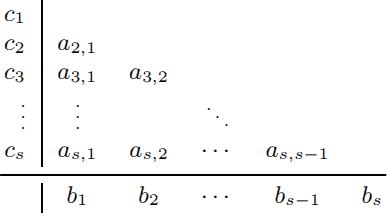
The Butcher tableau for the most popular RK4 method thus becomes:
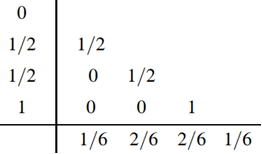
The use of the Butcher tableau, along with the generalized formulation from Atkinson, provides an easy methodology for numerical integration of ODEs.





